| Structure | Name/CAS No. | Articles |
|---|---|---|
 |
Sodium 2-oxopropanoate
CAS:113-24-6 |
|
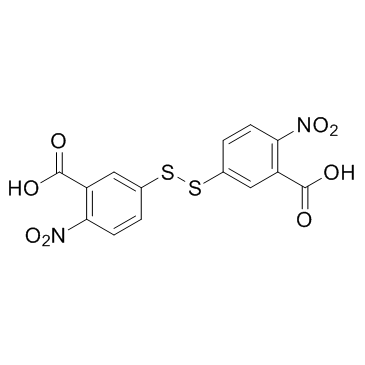 |
DTNB
CAS:69-78-3 |
|
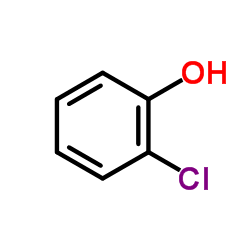 |
2-Chlorophenol
CAS:95-57-8 |
|
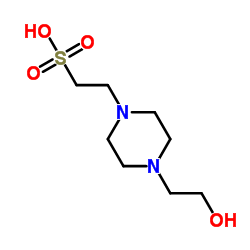 |
HEPES
CAS:7365-45-9 |
|
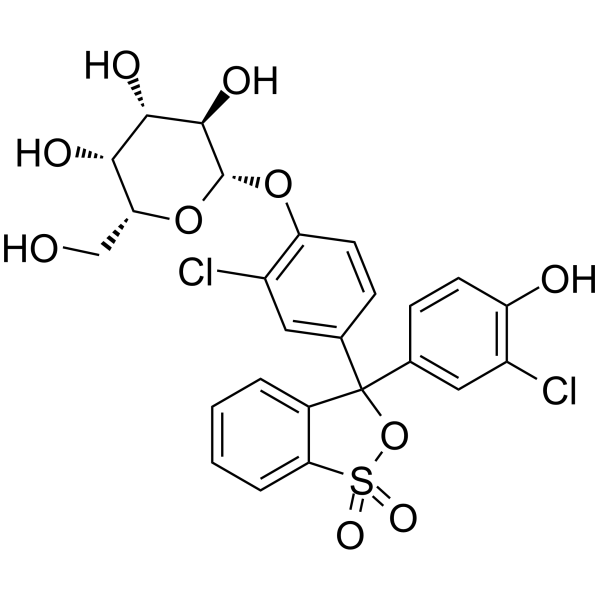 |
chlorophenol red-beta-d-galactopyranosid
CAS:99792-79-7 |
|
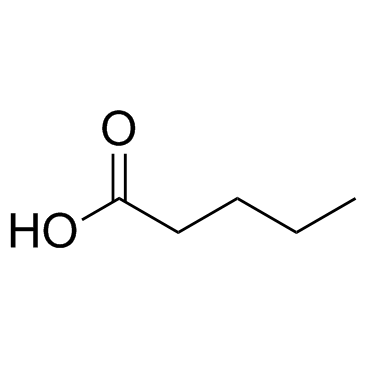 |
Pentanoic acid
CAS:109-52-4 |
|
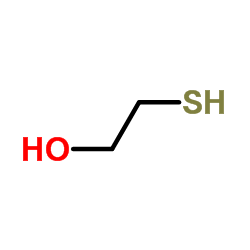 |
mercaptoethanol
CAS:60-24-2 |
|
 |
trisodium phosphate
CAS:7601-54-9 |